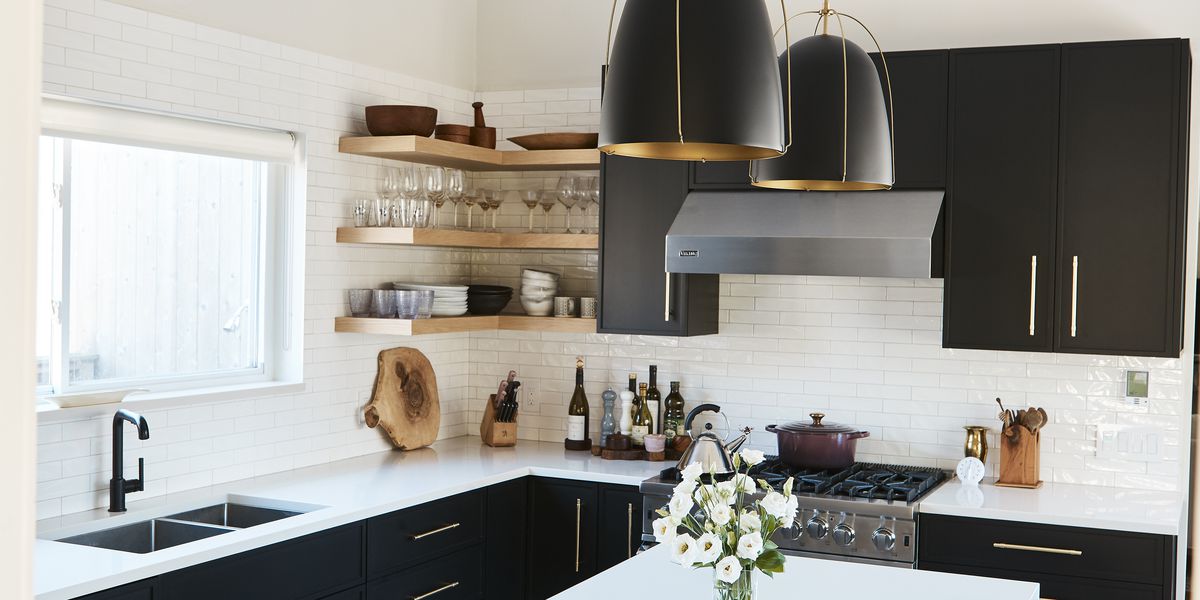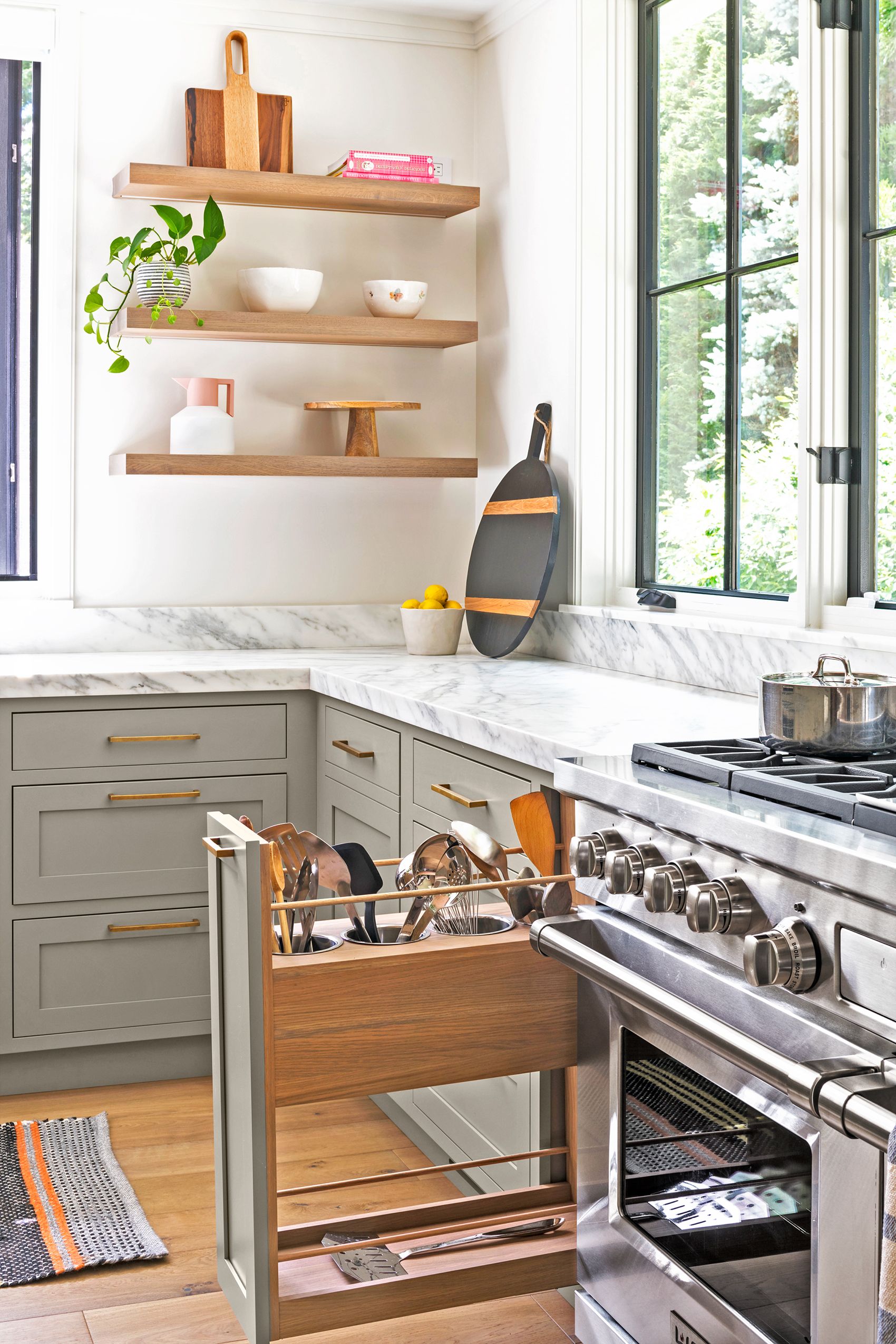Get This Report about Kitchen No.324
Unknown Facts About Kitchen & Dining - Kroger
View Details
Some had small mobile bronze stoves, on which a fire could be lit for cooking. Wealthy Romans had fairly well-equipped cooking areas. In a Roman vacation home, the kitchen area was generally integrated into the main structure as a separate room, distinguished for useful reasons of smoke and sociological reasons of the kitchen being run by servants.
There were no chimneys. The roasting spit in this European Renaissance kitchen was driven instantly by a propellerthe black cloverleaf-like structure in the upper left Early middle ages European longhouses had an open fire under the acme of the building. The "kitchen area" was between the entrance and the fireplace.
9 Simple Techniques For Housewares & Kitchen Supplies Store - Macy's
In some houses there were upwards of 3 cooking areas. The cooking areas were divided based on the kinds of food prepared in them. In place of a chimney, these early buildings had a hole in the roofing through which a few of the smoke might get away. Besides cooking, the fire also served as a source of heat and light to the single-room building.

In the bigger homesteads of European nobles, the kitchen was often in a separate sunken flooring structure to keep the main structure, which served social and official functions, devoid of indoor smoke. The very first recognized ranges in Japan date from about the exact same time. The earliest findings are from the Kofun duration (3rd to 6th century).

Some Known Questions About DC Central Kitchen.

This kind of range stayed in use for centuries to come, with only minor modifications. Like in Europe, the wealthier homes had a different building which served for cooking. A kind of open fire pit fired with charcoal, called irori, remained in usage as the secondary stove in many homes up until the Edo period (17th to 19th century).
18th century cooks tended a fire and sustained smoke in this Swiss farmhouse smoke kitchen area The kitchen stayed mainly unaffected by architectural advances throughout the Middle Ages; open fire remained the only technique of heating food. European medieval kitchens were dark, smoky, and sooty locations, whence their name "smoke kitchen".

5 Simple Techniques For Kitchen Interior - H&M Home Collection - H&M US
In wealthy homes, the ground floor was often used as a steady while the kitchen area was located on the floor above, like the bedroom and the hall. In castles and monasteries, the living and working areas were separated; the kitchen area was sometimes relocated to a different structure, and therefore might not serve any longer to warm the living-room.